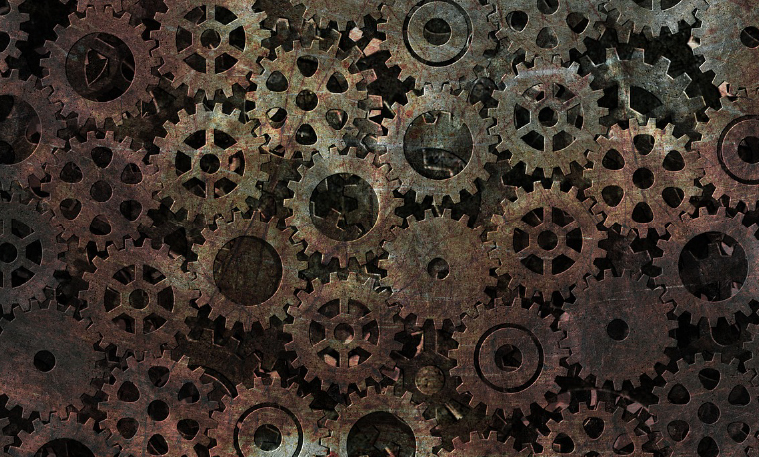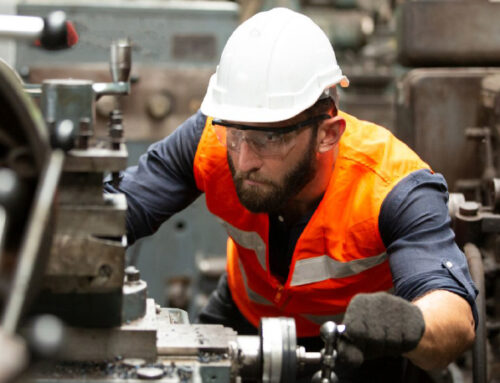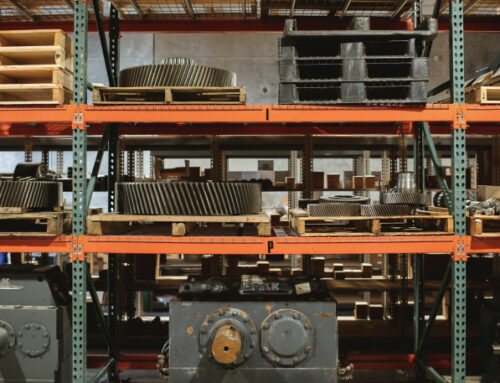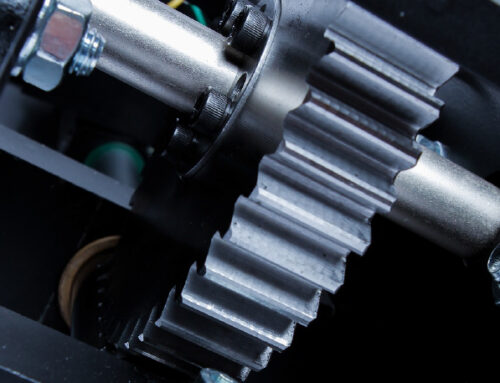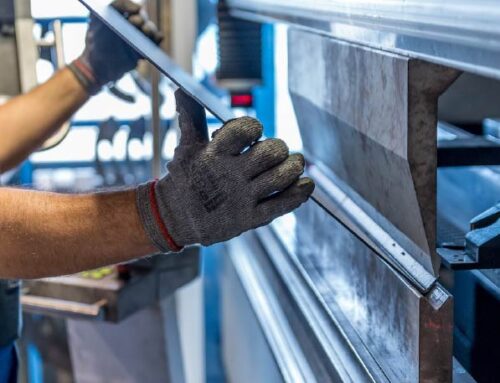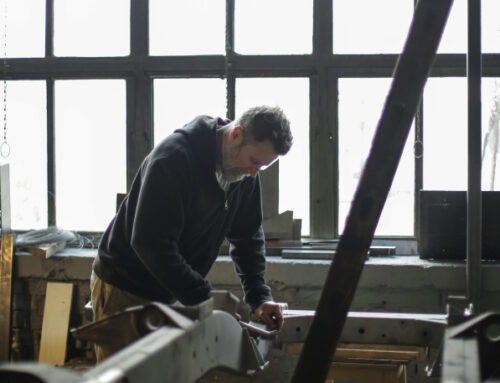Gearboxes are essential components in a wide range of industries, providing mechanical solutions that adjust speed and torque for various applications. Falk, a trusted name in the field, designs gearboxes in multiple shapes, sizes, and configurations to ensure efficiency, reliability, and performance. As a surplus gearbox distributor, we understand the importance of selecting the right speed reducer to avoid downtime and maintain smooth operations.
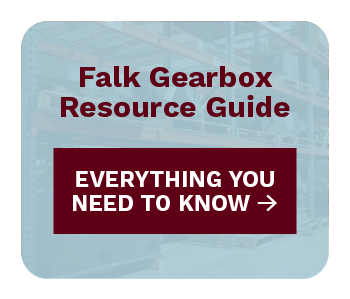 Choosing the right gear reducer is not always straightforward. To help you make an informed decision, our team has compiled a list of ten key considerations that will guide you in selecting a product that meets your specific needs and ensures long-term performance.
Choosing the right gear reducer is not always straightforward. To help you make an informed decision, our team has compiled a list of ten key considerations that will guide you in selecting a product that meets your specific needs and ensures long-term performance.
1) What Are Your Required Speed and Ratio?
The first step in selecting a suitable gear reducer is understanding the input and output speeds required for your application. The gear ratio must be carefully chosen based on whether you need more torque or slower speeds. This is crucial for matching the machine's performance requirements.
2) Do You Meet Load and Torque Demands?
A gearbox transfers power in either rotary or linear motion, enabling machines to increase or decrease torque and speed. It’s important to determine how much torque your system requires and what load capacity it can handle to prevent overloading or failure.
3) Is the Gearbox Suitable for Your Environment?
Falk gearboxes are used in some of the most demanding environments. Some models are built with specialized materials to withstand extreme temperatures, moisture, dust, and chemical exposure. Make sure the unit you choose is designed for the conditions it will face.
4) What Is the Service Factor?
The service factor is the ratio between the maximum mechanical capacity of the gear reducer and the horsepower needed for the job. Understanding this factor helps determine the expected duty cycle and lifespan of the equipment. Some units are built for continuous use, while others are better suited for intermittent loads.
5) Do You Have the Right Mounting Options?
Before choosing a gearbox, evaluate the available space and mounting configurations. Ensure proper installation and alignment, taking into account shaft heights, maintenance access, and ease of servicing.
6) Is the Cost Appropriate and Is the Product Available?
While performance and durability are important, cost and availability are often top priorities. Falk offers a wide range of gearboxes at different price points, ensuring there's an option for every budget. If you're looking for a specific part, contact us today—we’re here to help.
7) Will the Gearbox Meet Noise and Vibration Standards?
Excessive noise or vibration can lead to inefficiency, wear, and even catastrophic failure. Choose a supplier who can provide a unit tailored to your specifications to minimize these risks.
8) Have You Addressed Safety Concerns?
A poorly selected gearbox can pose serious safety risks. Ensure the unit you choose includes proper design, materials, and safety features to protect workers from hazards such as noise, pinch points, and temperature extremes.
9) Is the Gearbox Reliable?
Falk has been a leader in the industry for over a century, known for producing robust gearboxes that perform reliably under tough conditions. Their warranty and support systems offer added peace of mind and ensure long-term performance.
10) Will You Have Access to Maintenance and Spare Parts?
It’s crucial to choose a gearbox that can be easily repaired and maintained. Partnering with a reliable repair team reduces costs and minimizes production downtime. Additionally, ensure that replacement parts are available—whether OEM or custom-made.
 Want to Learn More About Gearboxes and Maintenance?
Want to Learn More About Gearboxes and Maintenance?
Explore our Falk Gearbox Resource Guide and discover more about our gear reducer repair and renewal services. Whether you're looking for technical information or expert support, we’ve got you covered.
Gearbox Motor Supplier & Falk Repair Experts
As agents of Rexnord’s Industrial Services division, we specialize in finding the best solutions for your needs, whether you require replacement parts or repairs. Our inventory includes high-quality components, and our team is ready to assist you with any request. Contact us today to discuss your specific requirements.
